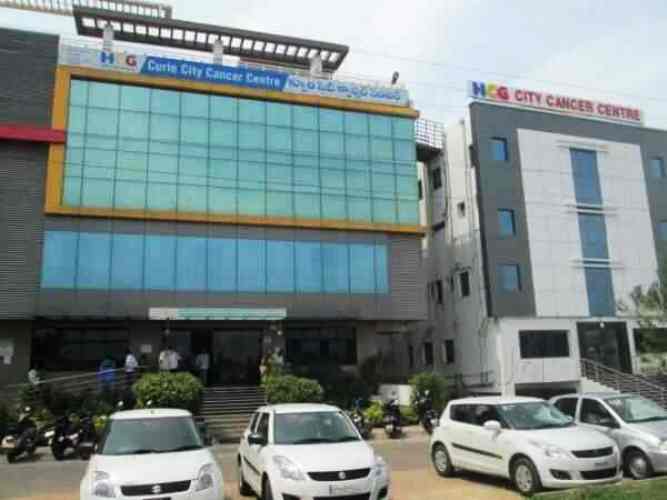DR K P RANGANATH, CONSULTANT – RADIATION ONCOLOGIST, HCG CANCER CENTRE, VIJAYAWADA
Lung cancer is a type of cancer that starts in the cells of the lungs. It is one of the most common types of cancer worldwide and a leading cause of cancer-related deaths. Lung cancer occurs when normal lung cells undergo abnormal changes and begin to grow and divide uncontrollably, forming a mass or tumour. While smoking remains the leading cause, it’s important to note that non-smokers can also develop lung cancer. Fortunately, lung cancer screening has become a powerful tool in identifying this deadly disease at an earlier, more treatable stage.
Screening:
Screening is used to check if a person has any symptom. This can help identify cancer at an early stage. Once the signs and symptoms of lung cancer manifest, it would have reached advanced stages making it difficult to treat. Lung cancer screening helps reduce the risk of succumbing to the disease. Lung cancer screening is not advised for everyone. The primary candidates for screening are individuals with high risk of developing lung cancer due to certain key factors such as age and family history or any other potential health risk factors.
Age and Smoking history: The primary age group for lung cancer screening is individuals in the age group 50-80 with a significant smoking history. This means any individual who has smoked one packet of cigarette for the last twenty years or has quit in the recent fifteen years fall under this high-risk category.
Other Risk Factors: Apart from smoking, other potential risk factors that contribute to the development of Lung cancer are family history, exposure to radon gas, other carcinogens, certain lung conditions can elevate the risk of escalating lung cancer.
Types of Screening Method:
The most common screening method for lung cancer is Low-Dose Computed Tomography (LDCT) scans. LDCT scans use low levels of radiation to create detailed images of the lungs, allowing healthcare practitioners to detect small abnormalities that might indicate cancer. These scans are fast, painless, and are highly effective at detecting early-stage lung cancer.
Chest X-Ray is used to check for any signs of lung cancer in an individual. Sputum Cytology is a procedure in which a sample of sputum is viewed under a microscope to check for cancer cells.
Among these three, LDCT is fast and painless and can also reduce the risk of succumbing to the disease. Chest X-ray and Sputum Cytology is considered beneficial but not equivalent to LDCT.
Screening methods have their own share of potential risks and drawbacks. While getting screened does not help in living long, Chest X-rays and Sputum Cytology involve exposure of chest to harmful radiation which in turn can lead to increase in other medical vulnerabilities.
Significance of Early Detection:
Detecting lung cancer in its initial stages proves to be significant for a variety of reasons
1. Enhanced survival rates: Since lung cancer is asymptomatic in its initial stages and detection becomes difficult, early screening proves to be significant as the disease can be detected paving way for better survival rates.
2. Less Aggressive Treatment methods: Advanced stages of lung cancer require aggressive treatment methods such as chemotherapy and radiation therapy. When detected at early-stage, less invasive methods can be used to treat, resulting in a better quality of life for the patients.
3. Minimized Medical expenses: Treatment of advanced lung cancer is not only physically and emotionally draining but financially burdening as well. Early diagnosis pave way for less extensive treatment and minimized medical expenses.
4. Better Emotional Well-Being: Individuals with high risk due to smoking or other factors, regular lung cancer screening can provide better emotional well-being. Knowing that one is cancer-free or in their initial stages of cancer can alleviate anxiety and promote overall well-being.
In conclusion, lung cancer screening is a powerful tool for early detection, but it’s not for everyone. If you fall into the high-risk category, schedule regular screenings, and take proactive steps to reduce your risk. Early detection saves lives, and by being informed and proactive, you can make a significant impact on your own health and well-being. Don’t wait – take the first step toward lung cancer prevention and early detection today.






















